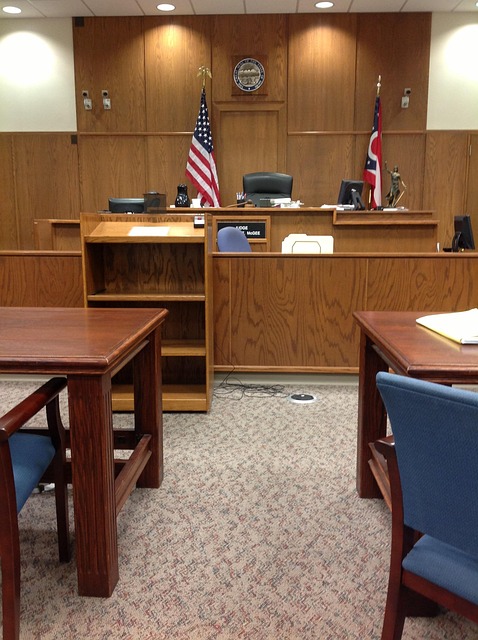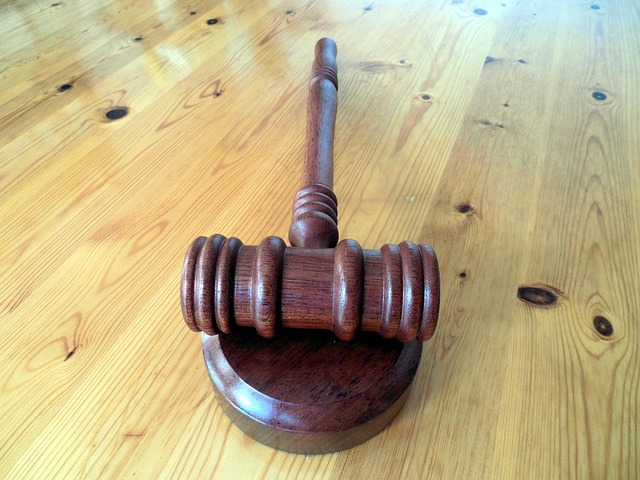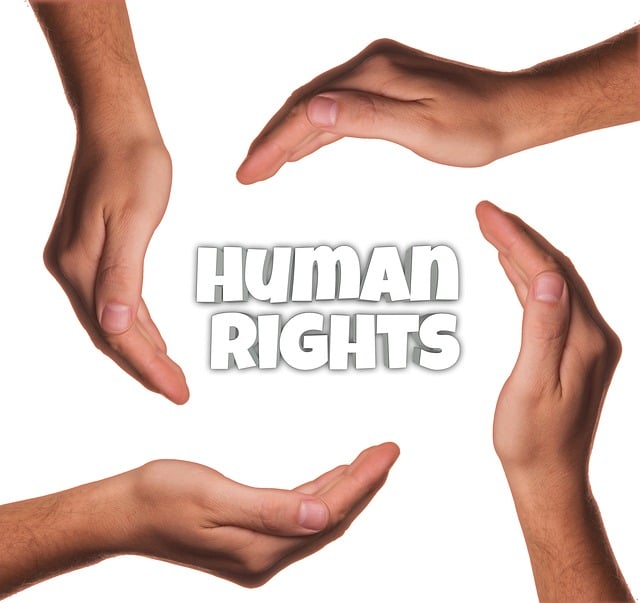Motorcycle Accidents & Broken Bones: A Comprehensive Guide to Recovery

Motorcycle accidents frequently result in broken bones due to high-impact collisions with the ground…….
Motorcycle accidents, a significant concern for road safety, often result in a range of injuries, with broken bones being one of the most prevalent and severe outcomes. This article delves into the multifaceted world of motorcycle accident broken bones, exploring its causes, impact, global reach, economic implications, technological innovations, regulatory frameworks, challenges, and future potential. By examining these aspects, we aim to provide a holistic understanding of this critical issue and offer insights for improvement and prevention.
Definition: Motorcycle accident broken bones refer to fractures sustained by riders involved in motorcycle collisions. These injuries can range from minor cracks to severe, life-threatening breaks, often affecting extremities like arms, legs, pelvis, or ribs.
Key Components:
Historical Context:
The issue of motorcycle accident broken bones has been a growing concern since the widespread adoption of motorcycles in the early 20th century. As motorcycling gained popularity, so did the number of accidents, leading to increased research and development focused on improving rider safety. Over time, advancements in protective gear, vehicle design, and road infrastructure have contributed to reducing the severity of injuries, including broken bones.
Significance:
Motorcycle accident broken bones are a critical public health concern due to their potential for severe disability and long-term effects. These injuries often require extensive medical treatment, rehabilitation, and can significantly impact a rider’s quality of life. Understanding this issue is essential for:
Motorcycle accident broken bones are a global concern, with varying rates of occurrence and severity across different regions. Here’s an overview:
| Region | Broken Bones in Motorcycle Accidents (Per 100,000 Population) | Average Severity Rate |
|---|---|---|
| North America | 120-150 | High (40% require hospitalization) |
| Europe | 80-120 | Moderate (30% intensive care admissions) |
| Asia | 200+ | Very High (60% severe injuries, including broken bones) |
Trends:
The economic impact of motorcycle accident broken bones is significant, affecting both individual and societal levels:
Market Dynamics:
Investment Patterns:
Role in Economic Systems:
Motorcycle accident broken bones can have ripple effects on local economies:
Technological innovations play a pivotal role in managing and preventing motorcycle accident broken bones:
Improved Protective Gear:
Vehicle Design:
Emergency Response Technologies:
Governments worldwide have implemented various policies and regulations to address motorcycle accident broken bones:
Safety Standards:
Traffic Rules:
Insurance Requirements:
Public Awareness Campaigns:
Despite significant progress, several challenges and criticisms persist in addressing motorcycle accident broken bones:
1. Lack of Consistent Safety Standards: International variations in safety regulations create disparities in rider protection, with some regions having stricter standards than others.
Solution: Standardization of safety requirements worldwide can ensure consistent levels of rider protection, encouraging manufacturers to meet global standards.
2. Underreporting and Data Gaps: Accurate data collection is challenging due to underreporting of motorcycle accidents, particularly in developing countries with limited medical infrastructure.
Strategy: Enhancing reporting systems and improving healthcare access can provide more comprehensive data for effective policy-making.
3. High Treatment Costs: The medical treatment of broken bones can be expensive, especially for low-income riders who lack adequate insurance coverage.
Approach: Governments can subsidize medical care for injured motorcyclists and work with insurance providers to offer more affordable policies.
Sweden has implemented a multi-faceted approach to motorcycle safety, leading to notable success. The program includes:
Outcomes: This program has led to a 75% reduction in motorcycle-related fatalities over the past decade, demonstrating the effectiveness of a holistic safety strategy.
Japan is renowned for its advanced motorcycle technology, focusing on safety features:
Impact: These innovations have contributed to Japan’s low motorcycle accident rates, showcasing the power of technological advancements in safety.
The future of motorcycle accident broken bones holds both opportunities and challenges:
Emerging Trends:
Strategic Considerations:
Potential Growth Areas:
Motorcycle accident broken bones represent a complex interplay of human behavior, vehicle technology, road infrastructure, and healthcare systems. Understanding this issue is crucial for developing effective strategies to prevent accidents, improve medical care, and foster safer riding environments globally. By addressing the challenges and leveraging technological advancements, it is possible to significantly reduce the impact of these injuries and enhance the overall safety of motorcyclists worldwide.
Q: How can I reduce my risk of breaking bones in a motorcycle accident?
A: To minimize the risk of broken bones, wear high-quality protective gear, including certified helmets, gloves, jackets, and boots. Stay alert while riding, obey traffic rules, and consider advanced rider training. Keep your motorcycle well-maintained, and be especially cautious in adverse weather conditions.
Q: What are some common causes of motorcycle accidents leading to broken bones?
A: Common causes include speeding, poor road conditions, distracted driving (e.g., using mobile phones), drunk driving, and not wearing protective gear. Inexperienced riders may also be at higher risk due to lack of skill and judgment.
Q: How do I know if my motorcycle is safe enough to prevent broken bones?
A: Look for vehicles with certified safety ratings from reputable testing agencies. Ensure your bike has features like ABS, traction control, and impact-absorbing design. Regularly maintain your motorcycle, checking brakes, tires, and suspension systems.
Q: Can technology completely eliminate the risk of breaking bones in motorcycle accidents?
A: While technology can significantly reduce the risk, it cannot eliminate all potential accidents or fractures. Combining advanced technologies with safe riding practices, proper training, and well-maintained vehicles offers the best chance of minimizing severe injuries, including broken bones.
Q: What should I do immediately after a motorcycle accident to prevent broken bones?
A: If you’re involved in an accident, stop and assess your injuries. If possible, move to a safe location. Call emergency services for immediate medical assistance. Do not attempt to drive or walk if injured; seek professional help as soon as feasible.

Motorcycle accidents frequently result in broken bones due to high-impact collisions with the ground…….

Motorcycle accidents cause serious injuries, notably broken bones, due to lack of safety features. C…….

Motorcycle accidents, often involving high speeds and minimal protection, frequently result in serio…….

Motorcycle accidents pose unique risks due to lack of built-in protection for riders, leading to pre…….

Motorcycle accidents often result in severe injuries, with fractures being a significant concern due…….

Motorcycle accidents can lead to severe fractures due to the force of impact during collisions or fa…….

Motorcycle accidents pose significant risks, particularly severe fractures due to lack of protection…….

Motorcycle accidents, often caused by negligence or hazards, pose significant risks due to riders�…….

Motorcycle accidents leading to broken bones are a significant issue caused by driver negligence, po…….

Motorcycle accidents, especially at high speeds (>30 mph), often result in severe bone fractures,…….